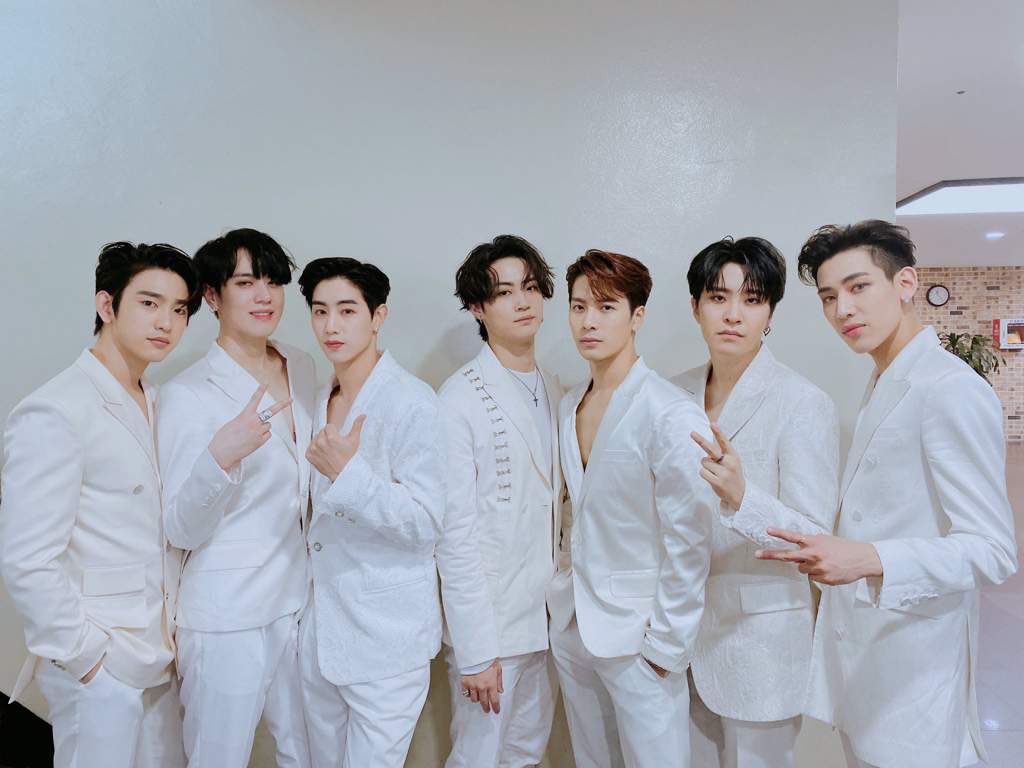08/08/2022
Bachitherium cf. lavocati off Mailhat: step one proper astragalus (MNHN LIM157), (a) medial, (b) plantar, (c) anterior, and (d) lateral viewpoints. Bachitherium lavocati out-of Pech Desse: 2 leftover astragalus (USTL PDS1863), (a) medial, (b) plantar, (c) anterior, and you will (d) horizontal opinions; 3 mandible to your pearly whites p1-m3 (USTL PDS1330, holotype), (a) lingual, (b) occlusal, and you may (c) labial views. Bachitherium lavocati off Gaimersheim1: cuatro remaining corpus on tooth row p2-m3 (SNSB-BSPG 1952II4953), (a) lingual, (b) occlusal, and you may (c) labial opinions; 5 leftover mandible to your enamel line d3-m3 (SNSB-BSPG 1952II4833), (a) lingual, (b) occlusal, and (c) labial viewpoints; 6 correct partial corpus having p3-m1 (SNSB-BSPG 1952II4826), (a) labial, (b) occlusal, and you will (c) lingual views; 7 proper mandible with m1-m3 (SNSB-BSPG 1952II4910); 8 kept maxillary fragment having D3-D4 (SNSB-BSPG 1952II4857); nine remaining maxillary fragment toward tooth row P3-M3 (SNSB-BSPG 1952II4902). The shape bar was step one cm.
Holotype referred specimens recommendations
Holotype. Brand new holotype of Bachitherium lavocati, based because of the Sudre , is actually a left mandible into the cause of p1 and you may p2-m3, USTL PDS1330 (, Fig. step one.1; , Fig. 5; which functions, Fig. cuatro.3), regarding Pech Desse (MP28, France).
regarding Old Quercy series: step 1 best mandible that have p2-m3 (MNHN Qu4771, holotype), (a) occlusal, (b) labial, and you will (c)  lingual feedback. out-of Balsthal Bannli: 2 leftover mandible having p4-m3 (NMS 7685), (a) lingual and you may (b) occlusal feedback. away from Pech Desse: step three right mandible on the enamel socket of p1 and you may p2-m3 (USTL PDS1312), (a) labial, (b) lingual, and (c) occlusal opinions; cuatro correct mandible for the tooth outlet off p1 as well as the tooth row p2-m1 (USTL PDS2134),), (a) occlusal, (b) labial, and (c) lingual viewpoints; 5 correct maxillary fragment with D2-D4 (USTL PDS1421); six remaining maxillary fragment that have P3-M3 (USTL PDS2139). away from Gaimersheim1: seven proper maxillary fragment which have P2-M1 (SNSB-BSPG 1952II4912). The shape club are step one cm.
lingual feedback. out-of Balsthal Bannli: 2 leftover mandible having p4-m3 (NMS 7685), (a) lingual and you may (b) occlusal feedback. away from Pech Desse: step three right mandible on the enamel socket of p1 and you may p2-m3 (USTL PDS1312), (a) labial, (b) lingual, and (c) occlusal opinions; cuatro correct mandible for the tooth outlet off p1 as well as the tooth row p2-m1 (USTL PDS2134),), (a) occlusal, (b) labial, and (c) lingual viewpoints; 5 correct maxillary fragment with D2-D4 (USTL PDS1421); six remaining maxillary fragment that have P3-M3 (USTL PDS2139). away from Gaimersheim1: seven proper maxillary fragment which have P2-M1 (SNSB-BSPG 1952II4912). The shape club are step one cm.
Referred specimens. Gaimersheim1 SNSB-BSPG 1952II4800 right mandible which have p2-p3; SNSB-BSPG 1952II4801 correct m1; SNSB-BSPG 1952II4802 left mandible having p4-m3; SNSB-BSPG 1952II4805 left maxillary that have D3-D4; SNSB-BSPG 1952II4806 remaining maxillary with D3-D4; SNSB-BSPG 1952II4807 left D3; SNSB-BSPG 1952II4808 remaining D3; SNSB-BSPG 1952II4809 best D3; SNSB-BSPG 1952II4810 correct p3; SNSB-BSPG 1952II4812 proper mandible which have m2-m3; SNSB-BSPG 1952II4813 correct mandible which have p3-p4; SNSB-BSPG 1952II4814 leftover mandible with p2; SNSB-BSPG 1952II4815 left mandible having m1-m3; SNSB-BSPG 1952II4816 right mandible which have m3; SNSB-BSPG 1952II4817 proper mandible which have m1-m3; SNSB-BSPG 1952II4819 left mandible with m2-m3; SNSB-BSPG 1952II4822 kept mandible which have m1-m2; SNSB-BSPG 1952II4823 correct mandible with p3-p4; SNSB-BSPG 1952II4824 remaining mandible with p3-m1; SNSB-BSPG 1952II4825 best mandible that have m2-m3; SNSB-BSPG 1952II4826 correct mandible having p3-m1 (that it functions, Fig.
Dysfunction
Mandibles. The latest mandible are big which have an even ventral definition when you look at the lateral view. The corpus mandibularis becomes daily larger to your m3. There isn’t any well-kept angular processes. However, this new incisura vasorum is not managed, however, doesn’t appear to be noticable. The newest angular procedure additionally the ramus are very expanded which have a beneficial caudal concavity of your ramus boundary. The newest condylar process was large that have a highly short mandibular incisure. This new coronoid techniques was increased and rounded. In horizontal view, the new mandible higher instantly decrease early in the fresh new elongated diastema between p2 and p1. There’s a proper-created crest with the dorsal the main diastema. The newest caudal edge of brand new symphysis is at the midst of the new diastema. The mandibular foramen is higher and you will receive merely at the rear of new p1.
Lower deciduous dentition. This new d2 is twice grounded. New d3 are anteroposteriorly elongated and you may slim, much the same in shape to help you p4. The prior conid was slightly angled and you may expanded. The fresh new mesolabial conid is actually highest and central. It is as wide because the enamel having two apparently long rear parallel crests. The newest posterolabial conid is highest and models the fresh new posterolabial side of the brand new enamel. There’s no mesolingual conid. The newest transverse cristid is elongated joining the newest posterolingual spot of your enamel. The posterior valley are anteroposteriorly oriented. The new posterior stylid may be very quicker. This new d4 features a flat lingual wall surface, versus metastylid otherwise mesostylid. The brand new lingual cuspids is actually laterally compacted. It keeps smaller than average straight cristids. Prior and you may posterior cingulids try absent. The fresh new ectostylids occur but most weakened. The fresh new hypoconid while the protoconid try of the same dimensions. Yet not, the new posthypocristid try more than the brand new postprotocristid. The posthypocristid are oblique and you can touches the postentocristid. The fresh new prehypocristid is oblique and you can leans with the exterior postprotocristid. The interior postprotocristid is oblique and you can matches new postmetacristid. Brand new preprotocristid are anteriorly depending and you can quick. They concludes on the bottom of your anterior fossa. The brand new anterolabial conid and anterolingual conid was anteriorly situated and you can bonded on anterior side of the brand new enamel.

